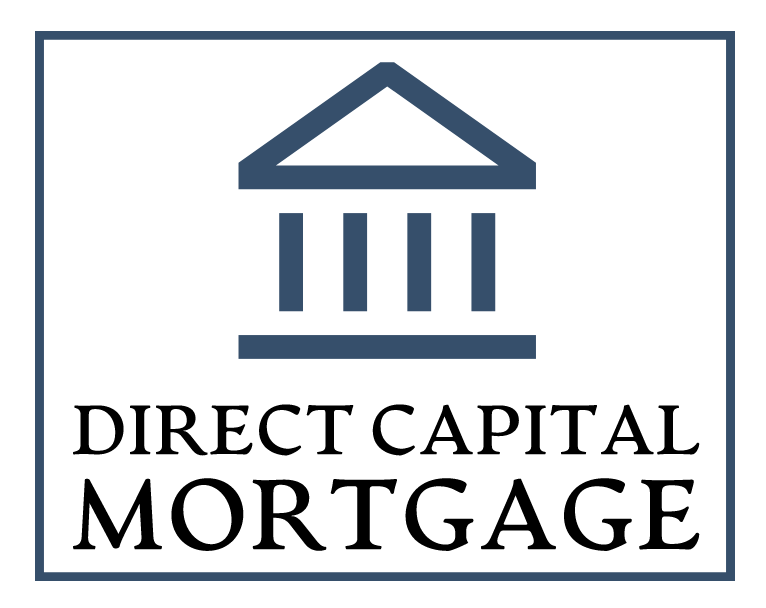On April 9, 2025, sweeping new tariffs on imports officially took effect in the United States under President Donald Trump. Just one day later, the administration suspended these tariffs for most countries except China. These rapid changes have already impacted mortgage rates, construction costs, and buyer behavior, especially here in California.
If you're considering buying, selling, or refinancing, here’s what you need to know about how these shifting economic policies may affect your real estate decisions.
What Happened With the Tariffs?
President Trump announced a new “reciprocal tariff” plan on April 2, 2025, in an executive order declaring a national trade emergency. The plan had two phases:
April 5: A flat 10 percent tariff on nearly all imports into the U.S.
April 9: Additional country-specific tariffs between 11 and 50 percent, depending on trade imbalances and past practices
China, for example, was assigned a 34 percent tariff rate. Other countries like Vietnam and Cambodia were hit with tariffs up to 46 or 49 percent.
What Changed on April 10?
Due to international backlash and growing fears of a trade war, President Trump announced a 90-day suspension of these higher tariffs for all countries except China. As of April 10:
The 10 percent universal tariff remained in place for most imports
Country-specific tariffs were paused for 90 days to allow time for negotiations
China’s tariff was increased to 125 percent in response to their own retaliatory measures
What This Means for Mortgage Rates
Even before these tariffs took effect, the market began reacting. After the announcement on April 2, the 10-year Treasury yield fell more than 15 basis points. This drop led to some of the lowest mortgage rates seen so far in 2025.
In San Diego, some lenders quickly adjusted their offerings. Fixed mortgage rates fell to around 6.125 percent, making financing more affordable for many buyers.
Economists warn that these trade tensions could push the U.S. economy toward a recession. If that happens, we may see:
Lower interest rates
More Federal Reserve involvement, including purchasing mortgage-backed securities
Increased buyer activity among those with stable incomes
Will This Increase Home Prices?
Possibly. While lower mortgage rates help buyers, tariffs on Chinese goods remain in place, and China is a key exporter of homebuilding materials. According to the National Association of Home Builders, tariffs could increase construction costs by more than $9,000 per home.
In California, where housing costs are already high, any added expense on materials could limit new construction and put upward pressure on prices, especially in lower-inventory markets like San Diego.
Buyers With Stability May Benefit
If you have a steady income and a solid savings cushion, you may be in a strong position to buy now. Lower rates can translate to better loan terms, and acting before competition ramps up could work in your favor.
On the other hand, if a recession hits hard and layoffs increase, some potential buyers will be priced out or forced to wait. This may slightly cool demand in certain segments of the market, but overall activity in stable areas is likely to remain steady.
Set Up a Free Consultation to Discuss Your Strategy
If you're wondering how these economic changes could impact your real estate plans in San Diego or anywhere in California, let's talk.
Set up a free 30-minute consultation with a real estate and mortgage expert with over 30 years of experience. Whether you're considering a purchase, sale, or just want to plan ahead, we’ll look at your short and long-term goals and help you build a clear path forward.
Date Posted: 4/15/2025
by Alexander Pfleger

